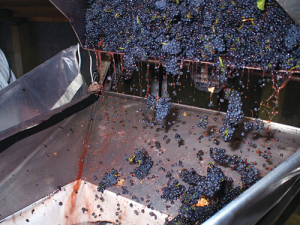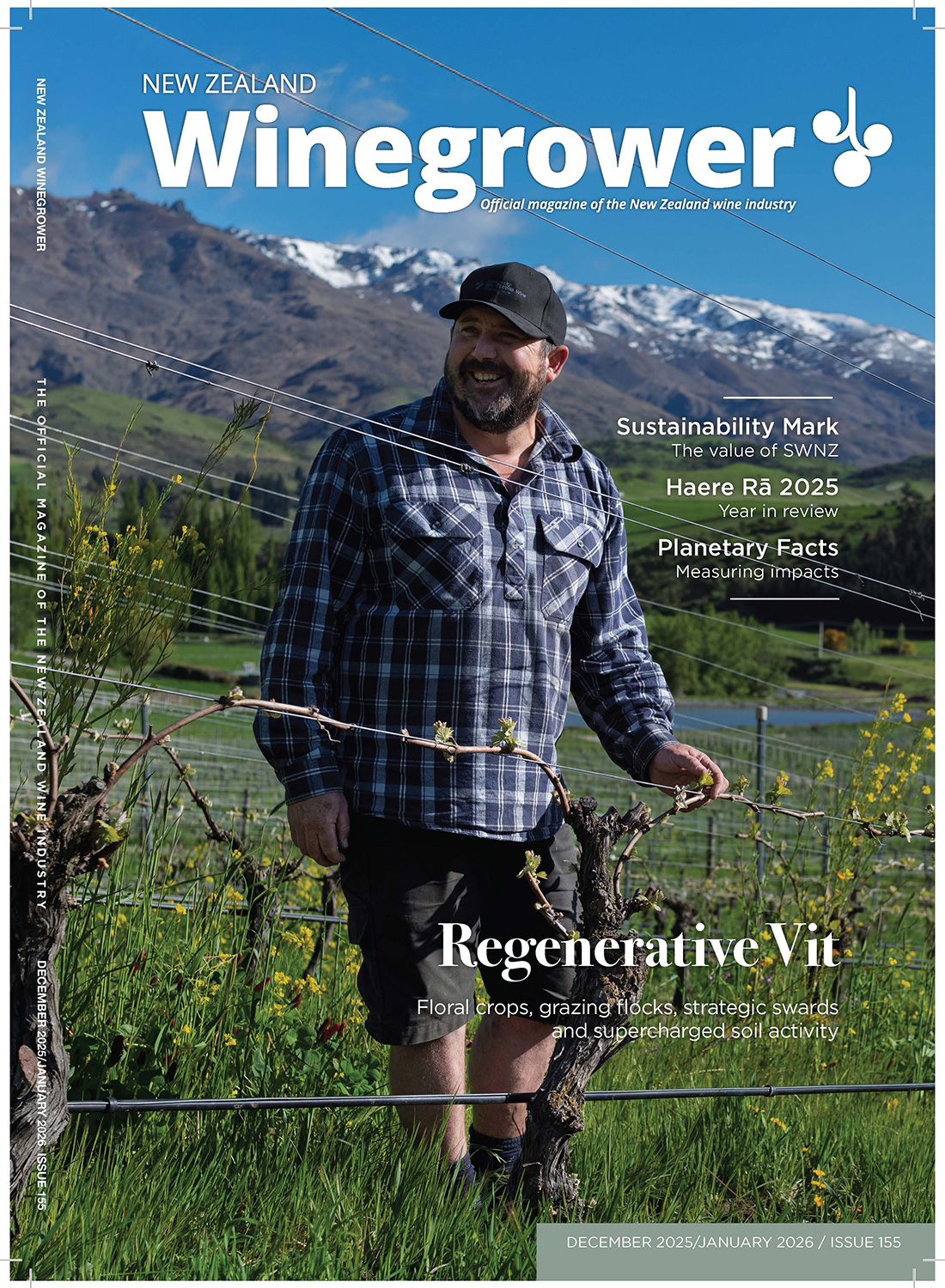What makes a high quality Pinot Noir? What chemistry drives it? How can we replicate this at a commercially viable cost?
A look into this new five-year Ministry of Business, Innovation & Employment (MBIE) and NZ Winegrowers co-funded research programme which aims to find effective and practical ways of breaking the quality-productivity seesaw of Pinot Noir.
Pinot Noir is an internationally acclaimed red grape variety suited to growing in New Zealand’s relatively cool climate, which has been recognized by the New Zealand wine industry for its potential export growth opportunities in the US, Australia and China. However, this variety also seems to present an inextricable link between productivity and wine quality in commercial production systems. Therefore, in order to drive export growth, we will require the understanding of how to consistently produce high quality wine at a price point acceptable to the customer. This means the delivery of the current 6 tonnes/ha quality at 10 tonnes/ha productivity.
The Pinot Noir Programme, undertaken by New Zealand Winegrowers, will span the entire Pinot Noir wine value chain: from sensory and consumer science, to chemical composition, to lastly, vineyard management scrutinized up to the single-berry level.
This Programme will support the growth of New Zealand Pinot Noir wine exports from 12.2M litres in 2016 to 36.6M litres by 2027. Increasing exports will build on the success of the wine industry, but also help diversify the New Zealand wine sector. It further tells the story of the direct connection between land and the wines created here, reflecting on the particular Pinot Noir styles present throughout the different regions of the country.
The programme will answer questions in four interlinked research areas:
Quality and liking
What do consumers look for in a glass of Pinot Noir? What sensory attributes describe quality? Beyond judgements of the sensory characters of a wine by wine experts, a wider definition of quality should include insights on value-for-money, suitability for an occasion, and familiarity of style/brand known to influence liking, quality judgments, and purchasing decisions. The overall aim is to obtain holistic assessment of quality by consumers of Pinot Noir wines of markedly different styles or composition.
Viticultural and winemaking factors
What are the biological controls and chemical signatures of Pinot Noir quality? Which of the some 40,000 chemicals in Pinot Noir strongly influence consumer perceptions of quality? Which viticultural and winemaking methods most effectively change the concentrations of the chemicals of interest? Based on knowledge gained from in vitro and controlled environment experiments we will develop a series of “validation” wines with profoundly altered composition from viticultural and winemaking manipulations, to test with both experts and consumers.
Grape and wine chemistry
How do we best measure the complex chemistry of Pinot Noir? The programme will develop assays for critical Pinot Noir chemical components which can easily be applied by industry to manage Pinot Noir wine quality. We will use the latest technology and develop new methods to analyse a very broad spectrum of wine components including volatile, non-volatile and polymeric wine constituents. The latter two groups of compounds relate to taste and mouthfeel, commonly cited as contributors to quality judgements by wine experts.
Validation wines and machine learning
What are the linkages between viticultural and winemaking factors, chemistry data and consumer perceptions? We will develop a series of validation wines made from highly characterised vines and grape bunch lots that will feed into the chemistry and sensory projects. Machine learning and new systems of data display and analysis will be applied to the complex data sets in a way that allows industry and science experts to predict the relationships between the chemistry of wine and the holistic perceptions of quality.
The fully integrated research programme and a big data-driven approach represent a new way of addressing challenging problems that have been studied for a long time, with limited success. We are confident with the funding from MBIE and New Zealand Winegrowers and the support of the New Zealand wine industry, the team we have built will be able to achieve what has not been done before, and will find effective and practical ways simultaneously to increase both yield and quality in Pinot Noir.
The Pinot Noir Programme Managers are Philip Gregan and Matias Kinzurik, while the Science Leader is Damian Martin.












